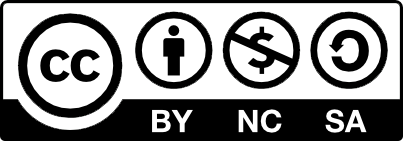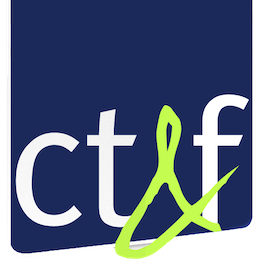Optimization of ESP performance through chemical treatment using a single capillary in the Apiay field
Abstract
The future of production in the Apiay field lies in the T2 formation, although it poses significant challenges, such as high fluid encrustation and heavy crude oil production. These issues have led to strong emulsion problems and operational issues with many wells' electro-submersible pumping systems (ESPs).
In response, companies have decided that all wells with ESP equipment in the T2 formation should undergo downhole treatment using capillary scale inhibitors and fluidity improvers. However, due to operational and design constraints, some wells only have one capillary, making it difficult to prioritize and decide on a single treatment.
Ecopetrol and ChampionX have collaborated to develop a new flow improver that can be applied with the scale inhibitor in the same capillary without causing incompatibility or affecting product performance. This innovative solution was implemented in five wells, using 600 ppm for the flow improver, and 25 ppm for the scale inhibitor, resulting in a significant increase in crude oil production by up to 79%, USD 55.000 in cost savings in capillary system installation, 29% energy savings, and reduced emissions.
This successful application is innovative and unique in Colombia, and it sets an example for other fields facing similar challenges in the couuntry, offering a promising approach to leverage heavy crude oil production and transform the future of these fields.
References
Anhorn, J. L., & Badakhshan, A. (1994). MTBE: a carrier for heavy oil transportation and viscosity mixing rule applicability. Journal of Canadian Petroleum Technology, 33(04). https://doi.org/10.2118/94-04-02
Barton, A. F. (2017). CRC handbook of solubility parameters and other cohesion parameters. Routledge. https://doi.org/10.1201/9781315140575
Efficient Energy (2022). Report by Energy Savings Department at Ecopetrol for Electro-Submersible Pumping Systems. Unpublished internal report.
Gerez, J. M., & Pick, A. R. (1996, June). Heavy oil transportation by pipeline. In International pipeline conference (Vol. 40214, pp. 699-710). American Society of Mechanical Engineers. https://doi.org/10.1115/IPC1996-1875
Hénaut, I., Barré, L., Argillier, J. F., Brucy, F., & Bouchard, R. (2001, February). Rheological and structural properties of heavy crude oils in relation with their asphaltenes content. In SPE International Conference on Oilfield Chemistry (pp. SPE-65020). SPE. https://doi.org/10.2118/65020-MS
Rahmes, M.H. and Nelson, W.L. (1948). Viscosity Blending Relationships of Heavy Petroleum Oils. Analytical Chemistry, 20, 912-915. https://doi.org/10.1021/ac60022a012
Ruiz, A. J., Plazas, J. J., & Ramirez, E. A. (2014, September). New technology for flow assurance in an extra heavy oil field: Case study in the Akacias Field. In SPE Latin America and Caribbean Heavy and Extra Heavy Oil Conference (p. D011S005R002). SPE. https://doi.org/10.2118/171080-MS
Salah, A., Sabaa, A., Elhaleem, A. S. A., Medhat, A., Diaa, A., & Abu-hozifa, O. (2023, October). ESP Design Improvements Associated with Downhole Slotted Gravitational Filter and Downhole Chemical Treatment Prolong ESPs Run Life in Western Desert of Egypt: Case Study. In Abu Dhabi International Petroleum Exhibition and Conference (p. D021S051R006). SPE. https://doi.org/10.2118/216428-MS
Shu, W. R. (1984). A viscosity correlation for mixtures of heavy oil, bitumen, and petroleum fractions. Society of Petroleum Engineers Journal, 24(03), 277-282. https://doi.org/10.2118/11280-PA
Shuler, P., Tang, Y., & Tang, H. (2010, May). Heavy oil production enhancement by viscosity reduction. In SPE Western Regional Meeting (pp. SPE-132564). SPE. https://doi.org/10.2118/132564-MS
Strelets, L. A., & Ilyin, S. O. (2021). Effect of enhanced oil recovery on the composition and rheological properties of heavy crude oil. Journal of Petroleum Science and Engineering, 203, 108641. https://doi.org/10.1016/j.petrol.2021.108641.
Downloads
Copyright (c) 2024 CT&F - Ciencia, Tecnología y Futuro

This work is licensed under a Creative Commons Attribution-NonCommercial-ShareAlike 4.0 International License.

| Article metrics | |
|---|---|
| Abstract views | |
| Galley vies | |
| PDF Views | |
| HTML views | |
| Other views | |











